Introduction
Refractory metal alloys, primarily composed of metals like tungsten, molybdenum, tantalum, niobium, and rhenium, are recognized for their exceptional resistance to heat and wear. These alloys are indispensable in high-temperature and high-stress environments, particularly in industries like aerospace, defense, energy, and manufacturing. This article explores recent advancements in refractory metal alloys, providing specific data where available, and discusses the challenges that accompany their development and application.
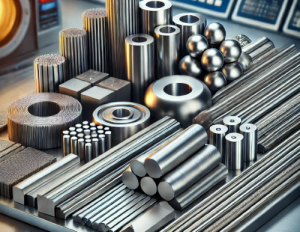
Advancements in Refractory Metal Alloys
1. Development of High-Temperature Superalloys
– Enhanced Performance: Advances in refractory metal superalloys have led to the development of materials that can maintain their mechanical properties at temperatures exceeding 1,200°C (2,192°F). For instance, tungsten-rhenium alloys exhibit high creep resistance and stability at temperatures up to 2,200°C (3,992°F). These alloys are increasingly used in aerospace applications such as turbine blades and rocket nozzles.
– Oxidation Resistance: New formulations, such as tungsten-hafnium carbide alloys, have shown improved oxidation resistance, with oxidation rates as low as 0.1 mg/cm²/hr at 1,500°C (2,732°F) in air. This improvement significantly extends the service life of components exposed to high temperatures and corrosive environments.
Related reading: All You Need to Know about Refractory Metals
2. Nanostructured Alloys
– Improved Mechanical Properties: Nanostructured tungsten alloys with grain sizes less than 100 nanometers have demonstrated a 50% increase in tensile strength compared to their coarse-grained counterparts, with strength values reaching up to 2,000 MPa at room temperature.
– Increased Ductility: Molybdenum alloys processed using severe plastic deformation have shown a notable increase in ductility, with elongation rates improving from 5% to over 15% at room temperature, while maintaining high strength.
3. Additive Manufacturing (3D Printing)
– Complex Geometries: Additive manufacturing has enabled the production of complex tungsten components with internal cooling channels, reducing part weight by up to 30% compared to traditionally manufactured components. These parts are particularly valuable in aerospace applications where weight reduction is critical.
– Material Efficiency: 3D printing of refractory metal alloys, such as molybdenum and tungsten, has achieved material utilization rates as high as 95%, compared to approximately 60-70% in traditional subtractive manufacturing processes. This efficiency is crucial given the high cost and scarcity of these metals.
4. Alloying with Rare Earth Elements
– Stabilization and Strengthening: Adding rare earth elements like lanthanum to tungsten alloys has resulted in a 20% increase in creep resistance at 1,600°C (2,912°F), while maintaining structural stability. These rare earth-doped alloys exhibit lower grain growth rates at high temperatures, enhancing their durability in high-stress environments.
– Improved High-Temperature Performance: Tungsten alloys with added yttrium oxide (Y2O3) have demonstrated a significant reduction in oxidation rates, by up to 70% at temperatures of 1,500°C (2,732°F), making them more suitable for long-term use in extreme environments.
5. Corrosion-Resistant Alloys
– Chemical Stability: Tantalum-based alloys have shown exceptional resistance to corrosive environments, with corrosion rates of less than 0.02 mm/year in concentrated sulfuric acid (H₂SO₄) at 200°C (392°F). This makes them ideal for use in chemical processing equipment.
– Protective Coatings: Tungsten-rhenium alloys with ceramic coatings, such as silicon carbide (SiC), have demonstrated enhanced corrosion resistance in aggressive chemical environments, with a reduction in weight loss due to corrosion by up to 90% in hydrochloric acid (HCl) at 100°C (212°F).
Challenges in Refractory Metal Alloys
1. Cost and Resource Availability
– High Production Costs: The production costs of refractory metals like rhenium can exceed $5,000 per kilogram, due to their rarity and the energy-intensive processes required for extraction and refining. This high cost limits the widespread adoption of refractory metal alloys, particularly in industries where cost sensitivity is critical.
– Resource Scarcity: Rhenium and tantalum are among the least abundant refractory metals, with global production rates of approximately 50 metric tons per year for rhenium and 1,800 metric tons per year for tantalum. Securing a reliable supply of these materials is a significant challenge for industries that depend on them.
2. Manufacturing Difficulties
– High Melting Points: Tungsten has the highest melting point of any metal at 3,422°C (6,192°F), which makes its processing extremely challenging. The production of tungsten components requires specialized high-temperature furnaces and equipment capable of operating at these extreme temperatures, significantly increasing production costs.
– Brittleness and Machinability: Refractory metals like tungsten and molybdenum are inherently brittle, particularly at low temperatures, with room temperature fracture toughness values as low as 2-4 MPa·m¹/². Advanced machining techniques, such as electrical discharge machining (EDM), are often required to produce precision components, adding complexity and cost to the manufacturing process.
3. Oxidation and Environmental Degradation
– Susceptibility to Oxidation: Even with advancements in alloy composition, many refractory metal alloys still experience significant oxidation at elevated temperatures. For example, molybdenum alloys can oxidize rapidly above 600°C (1,112°F), forming volatile oxides that reduce the alloy’s structural integrity. Protective coatings are necessary but add to the overall production process and cost.
– Protective Coatings: While coatings such as aluminum oxide (Al₂O₃) can reduce oxidation rates by up to 80% at 1,200°C (2,192°F), ensuring the durability and adhesion of these coatings under extreme conditions remains a significant challenge. Any failure in the coating can lead to rapid degradation of the underlying material.
4. Recycling and Sustainability
– Recycling Challenges: The recycling of refractory metal alloys is complex due to the presence of various alloying elements. Tungsten recycling, for instance, often results in a purity loss of up to 10%, making it unsuitable for high-performance applications without further purification processes.
– Environmental Impact: The extraction and processing of refractory metals contribute to significant environmental impacts, including the release of greenhouse gases and water pollution. For example, the production of 1 kilogram of tungsten can result in the emission of over 10 kg of CO₂, emphasizing the need for more sustainable methods of production and recycling.
5. Material Performance at Extreme Conditions
– Creep and Fatigue Resistance: Refractory metal alloys, such as tungsten-rhenium, must maintain their mechanical properties under extreme conditions, with creep rates of less than 0.1% over 1,000 hours at 1,800°C (3,272°F). Ensuring long-term reliability in critical applications, such as space exploration and nuclear reactors, remains a significant challenge.
– Testing and Validation: The development of new refractory metal alloys requires extensive testing and validation. For example, creep testing at 1,200°C (2,192°F) can take over 10,000 hours to complete, making it a time-consuming and costly process. However, this rigorous testing is essential for ensuring the safe and effective use of these materials in demanding applications.
Conclusion
Refractory metal alloys continue to play a crucial role in industries where materials must withstand extreme temperatures, stress, and corrosive environments. Recent advancements, such as the development of nanostructured alloys, additive manufacturing, and the incorporation of rare earth elements, have significantly enhanced the performance and versatility of these materials. However, challenges such as high costs, manufacturing difficulties, and environmental concerns must be addressed to fully realize the potential of refractory metal alloys.
Continued research and innovation, supported by specific data and case studies, are essential for overcoming these challenges and ensuring the sustainable use of these critical materials in the future. For more refractory metal products, please visit Advanced Refractory Metals (ARM).
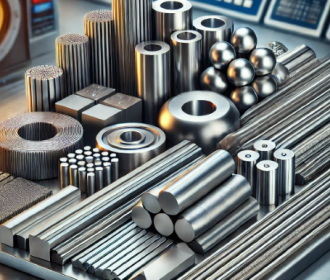
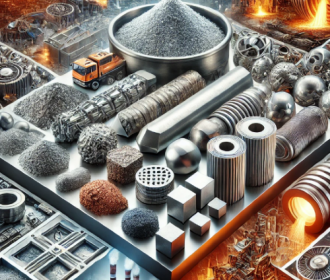
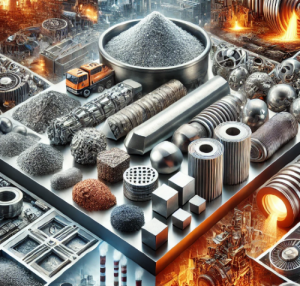
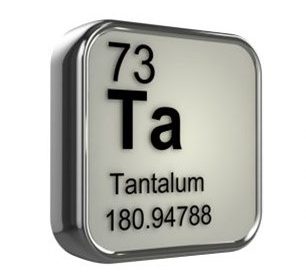

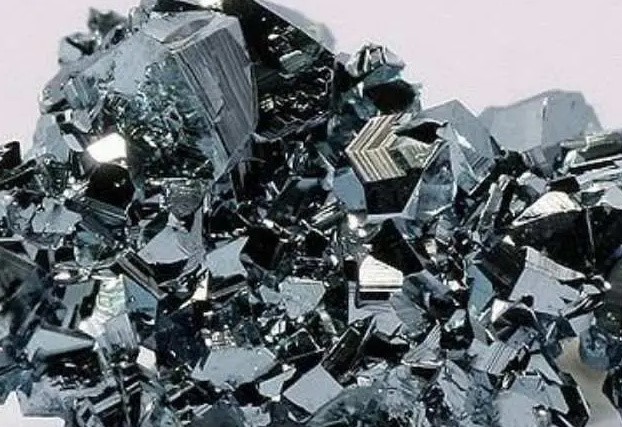
Recent Comments